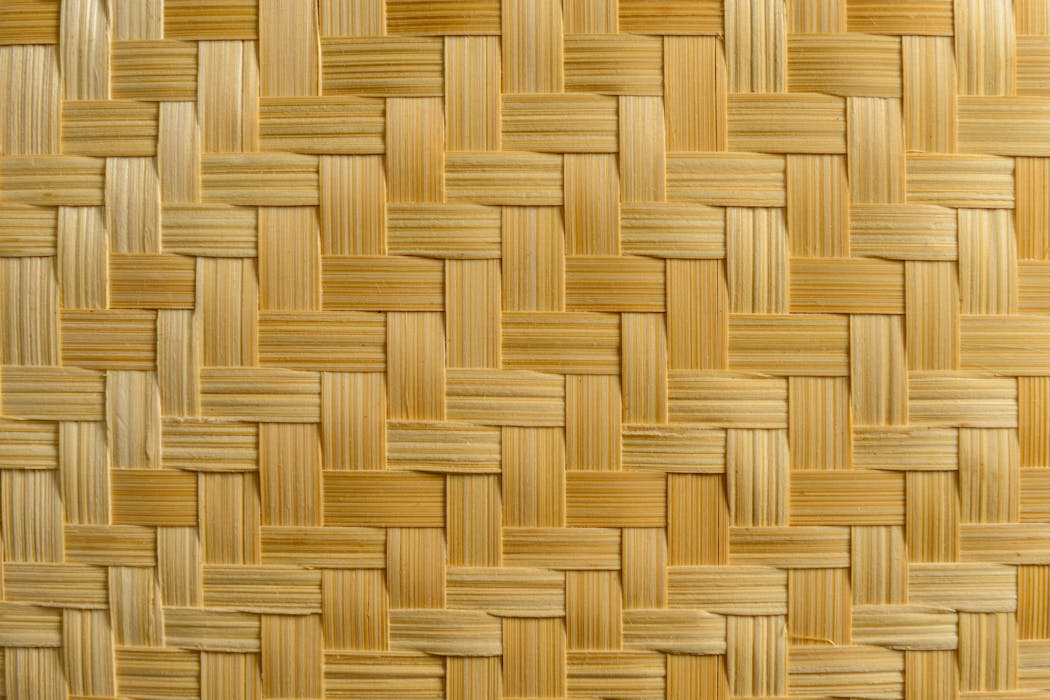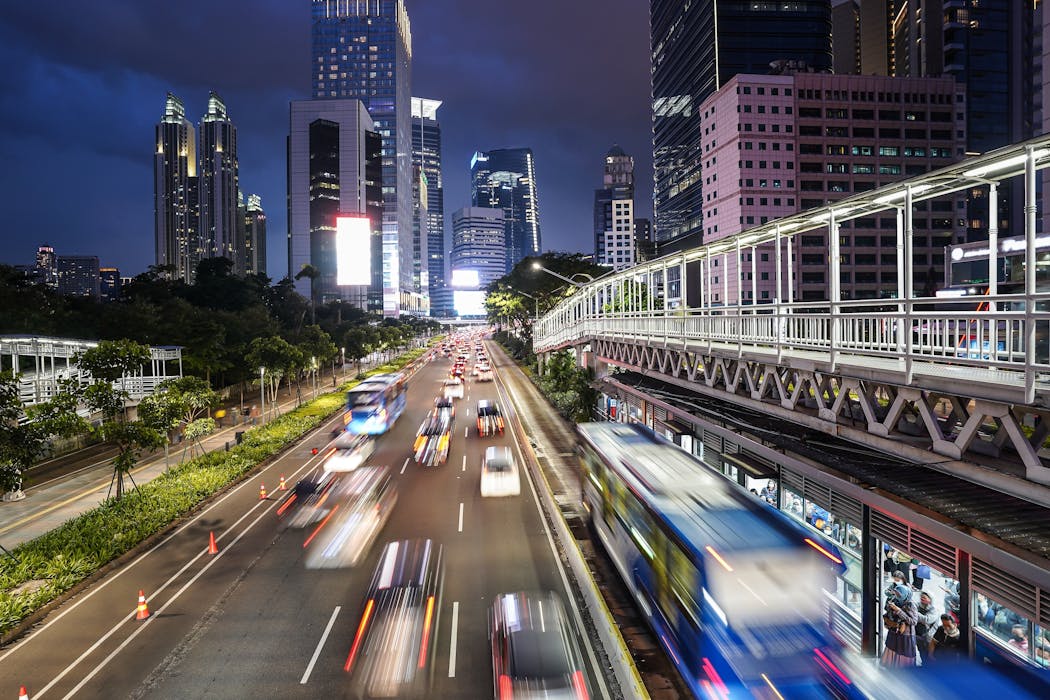Woven baskets aren’t just aesthetically pleasing – materials science research finds they’re sturdier and more resilient than stiff containers
- Written by Guowei (Wayne) Tu, Ph.D. Student in Civil and Environmental Engineering, University of Michigan

People have been using flat, ribbonlike materials, such as reed strips, to make woven baskets[1] for thousands of years[2]. This weaving method has reemerged as a technique for engineers to create textile and fabric structures with complex geometry. While beautiful and intricate, these baskets can also be surprisingly strong.
We are a team of structures and[3] materials scientists[4] at the University of Michigan. We wanted to figure out how basketlike structures that use traditional weaving techniques can be so sturdy, load-bearing and resilient.
To explore the resilience of baskets, we designed[5] a series of small woven units that can be assembled into larger structures. These woven designs provide almost the same stiffness as nonwoven structures, such as plastic bins. They also do not fracture and fail when bent and twisted the way nonwoven, continuous systems (made out of a continuous sheet material) do.
Our basketlike woven structures have many potential applications, including tiny robots that are very damage resilient – these robots can be run over by a car and still do not fail. We could also make woven clothes to help protect people from severe impacts such as car crashes. We made these woven structures using Mylar (a type of polymer material), wood and steel.
Testing woven baskets
Early humans[7] made baskets by weaving slender strips of bark or reeds, and some Indigenous societies use these techniques today. Basket weaving was an efficient way to turn one-dimensional strips into three-dimensional containers.
This geometric benefit is a direct motivation for basket weaving, but in our study published[8] in August 2025 in Physical Review Research, we wanted to find out whether basket weaving can provide more than aesthetic value in modern science and engineering.
In our experiment, we compared woven and nonwoven containers that had the same overall shape and were fabricated using the same amount and type of materials.
The “ribbons” we used were 10 millimeters wide and two-tenths of a millimeter thick. They were always woven in the same over/under/over/under pattern. We wove baskets from the flat ribbons and then created models using 3D scans of these woven containers that helped us examine the underlying similarities and differences between the woven and continuous structures.
We found that these containers had similar stiffness to containers not made from woven materials, and they also went back to their initial shape after we bent or twisted them.
When you place a heavy object on a woven structure, the ribbons are mainly being stretched instead of bent. This stretching makes them stiff because ribbons are much stiffer when they are stretched[10] compared to bent. On top of that, the ribbons are not rigidly connected in woven structures, which gives them their extraordinary resilience.
By harnessing basket-weaving techniques, engineers can potentially create better materials for cars, consumer devices such as smartwatches, and soft robots[11], which are robots made from soft materials instead of rigid ones. Essentially, these techniques could improve any device when the material needs to be stiff and resilient.
What’s next
Our research team is still exploring a few big, unanswered questions about these woven baskets.
First, we want to understand how the geometry of the woven baskets determines their stiffness and resilience, and create an analytical or numerical model to describe this relationship. We’d then like to use that model to design woven structures that fit a target stiffness and resilience. Most woven baskets are handmade because their geometry is complex and difficult for a machine to manufacture[12].
Second, we’d like to figure out how to create a machine that can fabricate woven baskets autonomously. Automated machines can produce two-dimensional woven fabrics, but we’d like to learn how to modernize and digitalize the ancient craft of three-dimensional basket weaving.
Third, we want to understand how to integrate electronic materials into three-dimensional basket weaving to create next-generation robotic textiles[13]. These robotic textiles could sense, actuate, move around, bear a load, stay resilient to accidental overload and safely interact with humans at the same time.
Basket-weaving research and applications
Ours isn’t the only study exploring the complex geometry of basket weaving and the potential of applying basket-weaving techniques to architectural design.
For example, researchers teamed up with an artist[14] to tweak a popular basket-weaving approach, finding ways to weave the ribbons and produce any curvature they desired. Later, the same research team used this methodology to fabricate woven domes[15]. They found that they could tune the stiffness and stability of woven domes by varying the curvature of the ribbons.
In another relevant study, researchers[16] built algorithms that optimized the size, shape and curvature of ribbons, then used those ribbons to weave together a geometrically sophisticated structure.
Our new work and these other teams’ work is putting a modern spin on technology that has likely been around since the dawn of humanity.
References
- ^ make woven baskets (www.sfomuseum.org)
- ^ thousands of years (www.britannica.com)
- ^ structures and (scholar.google.com)
- ^ materials scientists (scholar.google.com)
- ^ we designed (doi.org)
- ^ Mlenny/iStock via Getty Images (www.gettyimages.com)
- ^ Early humans (doi.org)
- ^ in our study published (doi.org)
- ^ Tu & Filipov, 2025 (doi.org)
- ^ ribbons are much stiffer when they are stretched (www.sciencedirect.com)
- ^ soft robots (theconversation.com)
- ^ difficult for a machine to manufacture (www.basketweaving.com)
- ^ next-generation robotic textiles (www.science.org)
- ^ researchers teamed up with an artist (doi.org)
- ^ woven domes (doi.org)
- ^ In another relevant study, researchers (doi.org)
Authors: Guowei (Wayne) Tu, Ph.D. Student in Civil and Environmental Engineering, University of Michigan





